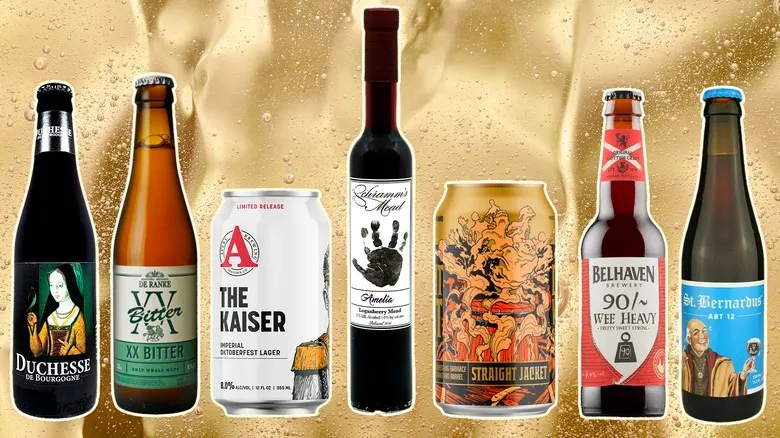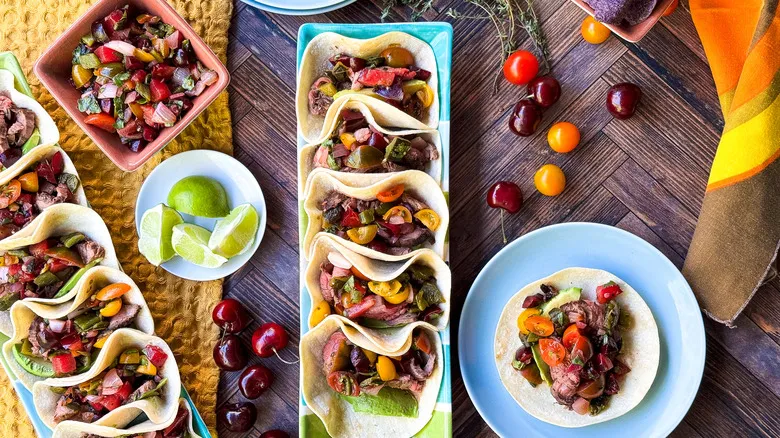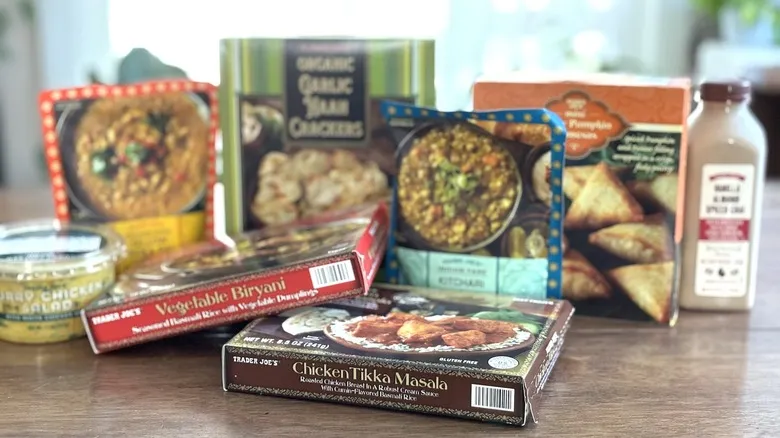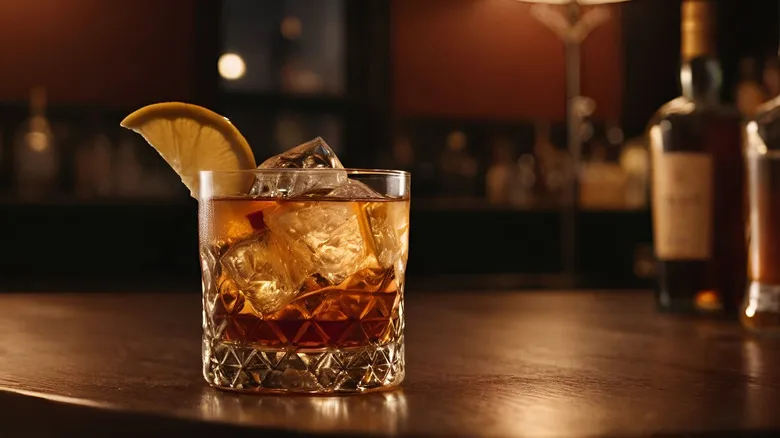Revolution Straight Jacket Barrel-aged Barleywine
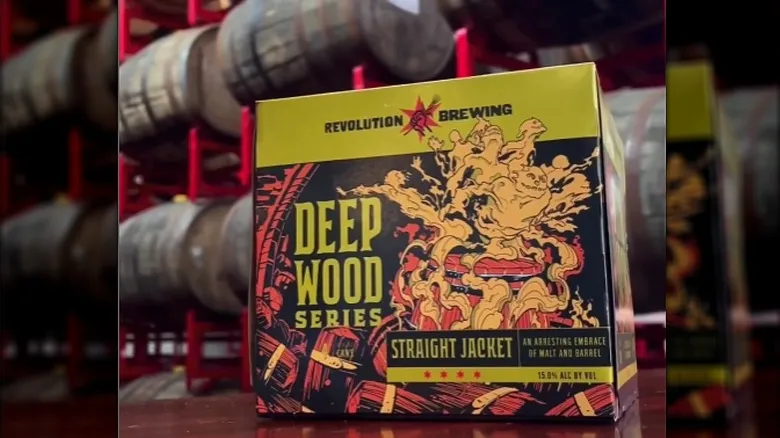
Indeed, barleywine is a distinct style of beer, although you probably won't encounter it at your neighborhood ballpark. Barleywines are robust (in a positive sense) and can have an alcohol content that rivals that of wine rather than a typical light lager. "Barleywines are rich and malty, featuring aromas and flavors reminiscent of caramel," explained Ron Minkoff. "They have a bready quality and often include toffee notes, with an alcohol by volume (ABV) ranging from 8% to 12%. English varieties are generally smoother compared to their American counterparts, which tend to have a hoppy kick."
Among Minkoff's top beer selections is the Straight Jacket Barrel-aged Barleywine from Revolution Brewing in Chicago. "This barleywine is aged in invigorating bourbon barrels, offering notes of caramel, stone fruit, brown sugar, and vanilla," he noted. However, this is not a beer for casual drinking – it’s designed to be enjoyed slowly. With a remarkable ABV of 15%, Minkoff assures that "it's so smooth you might not realize it while sipping, though it could catch up with you an hour later." You can find it in well-stocked bottle shops, packaged in 12-ounce cans intended for sharing. Like many strong beers, it also ages beautifully, making it a great option to save for special occasions.
De Ranke XX Bitter
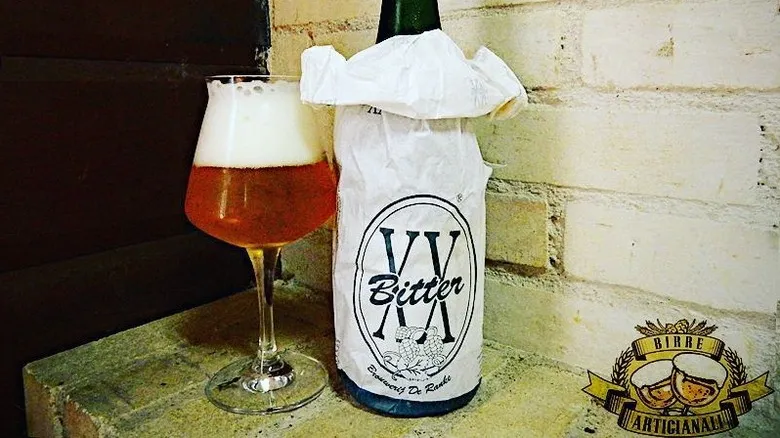
Belgium boasts a rich and esteemed brewing heritage, making it a popular travel spot for Chris Hart, whose brewery features an extensive selection of Belgian and Belgian-style beers. His professional endeavors include the enjoyable task of touring Belgium's breweries to discover flavorful and intriguing brews to present to his customers, as well as to inspire his own creations.
While casual beer enthusiasts often associate Belgian beer with funky saisons and fruity lambics, these styles are just a fraction of the exceptional offerings from Belgian brewers. One of Hart's personal favorites, De Ranke XX Bitter, presents a distinctly different flavor profile. "This hoppy Belgian ale utilizes whole hop cones, a relatively uncommon technique in today's mainstream brewing," he explained. "It is a pale, dry beer with subtle malt notes, which are pleasantly overshadowed by a prominent, spicy hop character. With an ABV of 6%, it is quite sessionable compared to many other Belgian brews." In essence, he noted, it resembles an American IPA, "but the hop profile diverges from the typical piney, fruity, or grapefruit notes commonly found in American IPAs."
Ayinger Celebrator Doppelbock
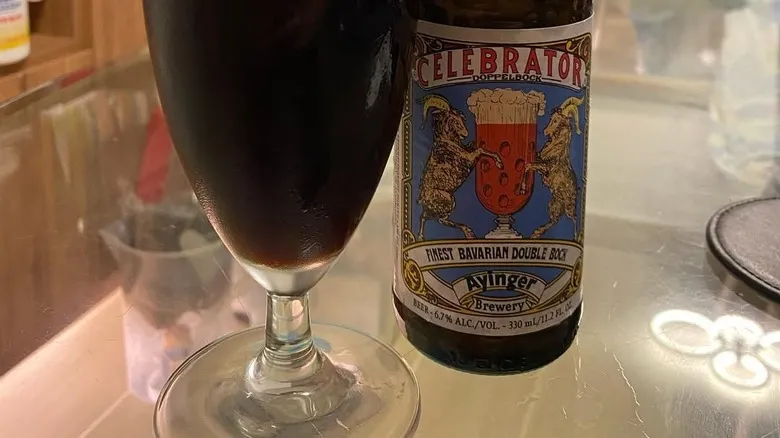
It's no accident that many classic American beer brands, like Schlitz and Budweiser, have German names. Brewing beer is a cherished aspect of German culture, and German immigrants brought their passion for beer and brewing expertise to the United States. However, when you compare American and German beers, the mass-produced options from these large breweries often differ significantly from the traditional varieties found in Germany, which showcase a wide array of styles and flavors.
For example, you would never confuse Ayinger Celebrator Doppelbock, a favorite of Ron Minkoff, with Bud Light. Doppelbock is a rich, malty style of German beer that originated in the 17th century, created by monks who wanted a hearty beverage to enjoy during their Lenten fasts. Ayinger Celebrator Doppelbock fits perfectly within this tradition. "This doppelbock is rich and malty, featuring dark fruit notes reminiscent of plums and dates, with a hint of chocolate," Minkoff noted. "At 6.7% ABV, it falls on the lower end of the style." It's readily available year-round in American bottle shops, but be careful with your pronunciation when ordering. "It's pronounced 'Sell-ah-brah-tor,' similar to how you say 'bra' in bratwurst," Minkoff clarified. While you're browsing, you might also want to explore some of Ayinger's other selections. "Overall, everything from Ayinger is fantastic!" Minkoff added.
Belhaven Wee Heavy
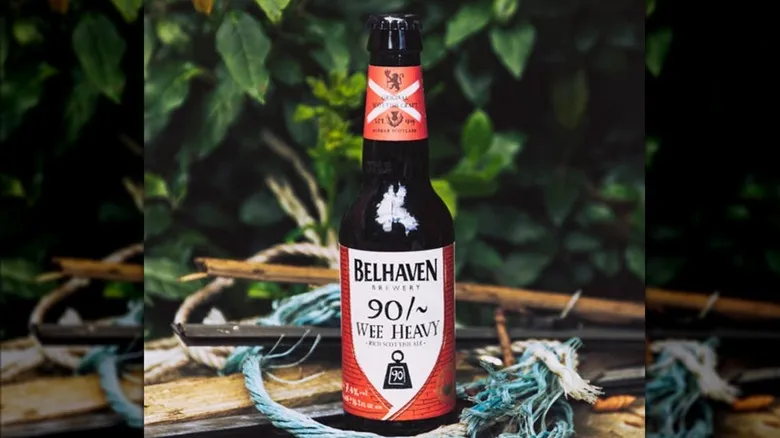
While many drinkers associate Scotland with its renowned whiskey, the country also boasts a rich brewing heritage, with the earliest Scottish beers believed to trace back to the Neolithic era. Belhaven Wee Heavy may not be that ancient, but it hails from a brewery with a remarkable legacy. Established in 1719, Belhaven is considered Scotland's oldest operational brewery. "They may not have the most extensive range of beers, but the ones they produce are exceptional," remarked Ron Minkoff.
Wee Heavy, with its distinctly Scottish name, is also one of the oldest beer styles in Scotland, evolving from the strong ales crafted in the 18th and 19th centuries. This style is sweet and toasty, making it a great option for those who find most beers too bitter — and Belhaven offers an excellent rendition of this brew. "It's a smooth, red, malty beer with hints of biscuit and raisin-like dark fruit, complemented by caramel notes," Minkoff explained. "You might need to search a bit to find this one at a well-stocked bottle shop." When it comes to serving this beer, it's helpful to be aware of the various types of beer glasses and their appropriate uses. According to Minkoff, this beer is "best enjoyed at around 50 degrees Fahrenheit in a tulip or snifter glass."
St.Bernardus Abt 12
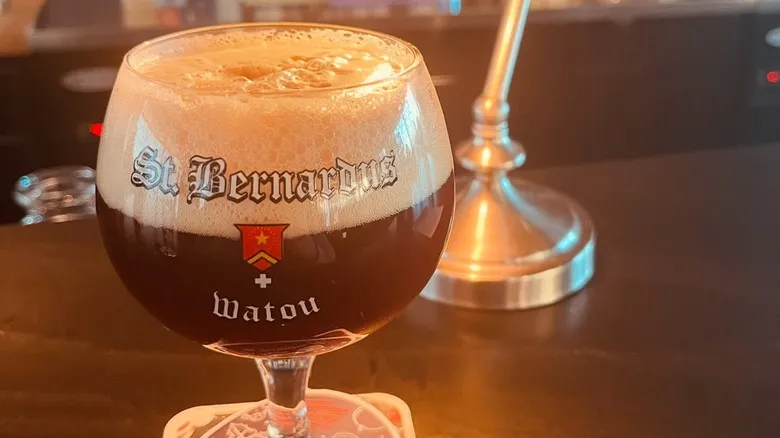
One of the unique aspects of Belgian brewing is its heritage of Trappist ales, crafted in monasteries by Trappist monks. Originally brewed to provide a safe beverage for the monks, these ales eventually became a significant source of revenue for the monasteries, with the profits from beer sales supporting their charitable endeavors. Today, Trappist beers are highly coveted by enthusiasts and are commercially available, yet their production remains rooted in religious values: they must be brewed in an active monastery, and the profits can only be used for the monastery's upkeep or charitable activities.
While Trappist monks deliberately lead simple, reflective lives, the beers they create are anything but plain. One of the styles they are particularly known for is the Belgian quadruple, or Belgian dark strong ale. (And while Belgian quads are indeed more robust than many other Belgian ales, rest assured they are not literally four times stronger.) According to Ron Minkoff, St. Bernardus Abt 12, produced at Brouwerij St. Bernardus in Watou, Belgium, is an exemplary representation of this style. "It has an ABV of 10% and pairs wonderfully with hearty beef dishes and cheese," he noted. "You can find it at many quality bottle shops. It's best enjoyed not too cold in a chalice-shaped glass."
Westvleteren 12
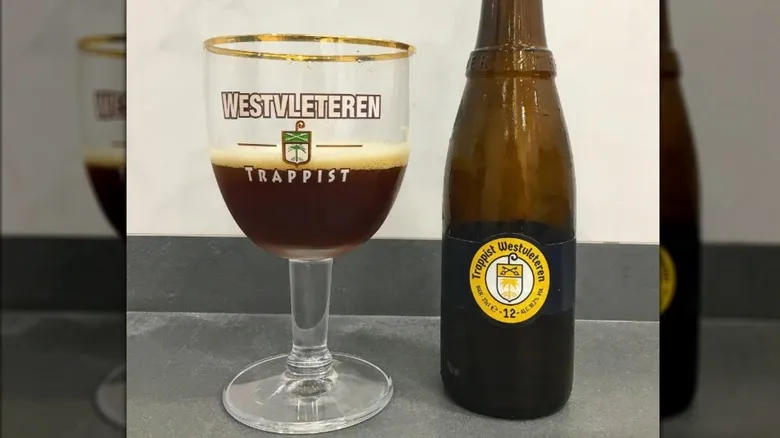
For many craft beer enthusiasts, part of the excitement of enjoying a great brew lies in the hunt for it. Dedicated beer lovers often plan trips to visit top breweries across the U.S., making it a priority to bring back unique brands or styles that aren’t found in their local markets. Among the most passionate connoisseurs, certain beers are worth traveling great distances to experience.
For Chris Hart, Westvleteren 12 is one such beer that justifies the journey. He describes this Belgian quadruple as "a robust, rich deep amber ale with subtle hints of dark chocolate, caramel, and a touch of coffee, with its primary flavors stemming from the complex, darker malts interacting with the fruity esters produced by the yeast." Hart also notes that many consider Westvleteren 12 to be the best beer in the world. However, there’s a catch: it’s exclusively available at the Saint Sixtus Abbey in West Flanders, Belgium, or at the abbey's café. Because of this, Hart points out that "most American beer drinkers have never had the chance to try this beer, although they may be familiar with its close relative, St. Bernardus Abt 12." If you’re fortunate enough to get your hands on some, Hart suggests it pairs wonderfully with a hearty Flemish stew and bread.
Avery The Kaiser Imperial Oktoberfest
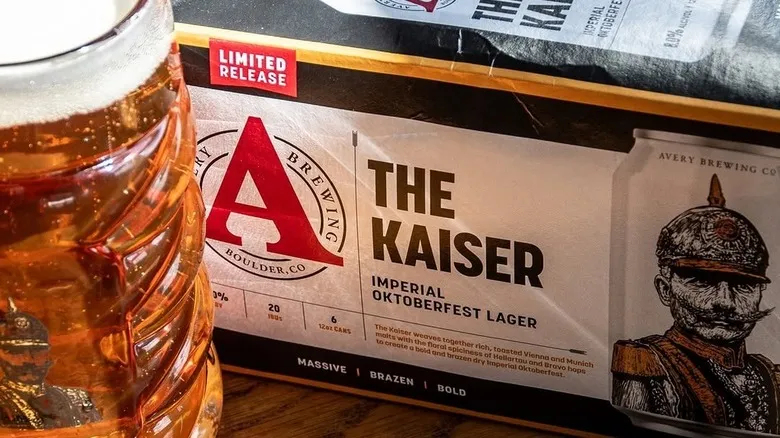
European brewers aren't the only ones crafting exceptional traditional beers. American craft brewers also enjoy experimenting with classic European styles. A prime example is Avery The Kaiser Imperial Oktoberfest, a robust (imperial) take on a German-style beer from a Colorado brewery with a distinctly American backstory. The company shares that its founder, Adam Avery, turned down law school after discovering his love for homebrewing in the early 1990s. With his father's assistance, he established Avery Brewing Co. in Boulder, Colorado.
As its name suggests, Oktoberfest was originally brewed for the autumn festival of the same name. Oktoberfest beers can vary widely in flavor and style, ranging from mildly sweet and reddish to pale and crisp. Avery The Kaiser Imperial Oktoberfest leans towards the richer side of the spectrum. "Most Oktoberfest beers hover around 5.5% ABV, but this imperial version boasts an 8% ABV," Ron Minkoff explained. "The flavor is bold, malty, bready, with a hint of light toast. While traditional Oktoberfest is typically served in a stein, this robust beer is best enjoyed, not too cold, in a snifter glass." Minkoff noted that this brew may not be available in every state, but it's definitely worth seeking out.
Geary HSA (Hampshire Special Ale)
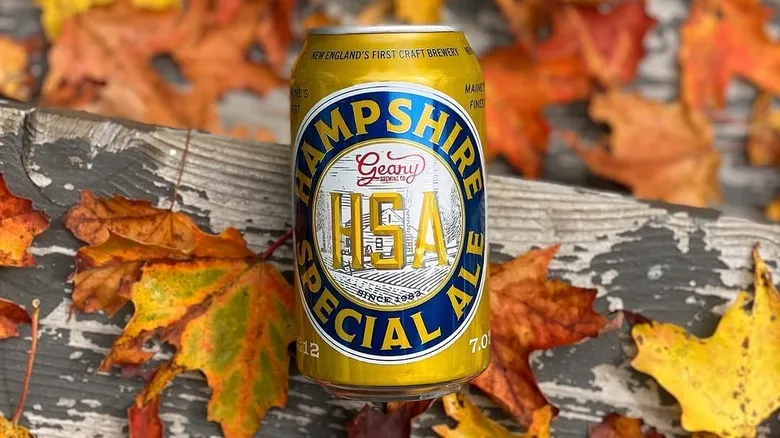
Beers, much like individuals, can evolve over time. Brewers have the freedom to modify their recipes or techniques as their skills and preferences develop, which is yet another reason why beer enthusiasts always have new options to explore. A prime example is Geary Hampshire Special Ale, a local favorite from Portland, Maine, that has experienced a fascinating transformation in its profile.
"Its original recipe featured a deep gold hue with an ABV of 8% and a unique spicy hop character reminiscent of a young barleywine," Chris Hart explained. "It has now transitioned into a 7% ABV winter warmer with a coppery tint and slightly fewer hops. Its flavor profile strikes a balance between bready and caramel-like malts, complemented by the clean bitterness of English-style hops." Since this brew is exclusive to New England, Hart suggests it pairs best with local desserts. "This beer is an excellent match for a moderately sweet dessert, such as a low bush (native to Maine) blueberry pie a la mode or a classic apple pie a la mode, allowing the hoppy finish to prepare the palate for each subsequent bite."
Komes Baltic Porter
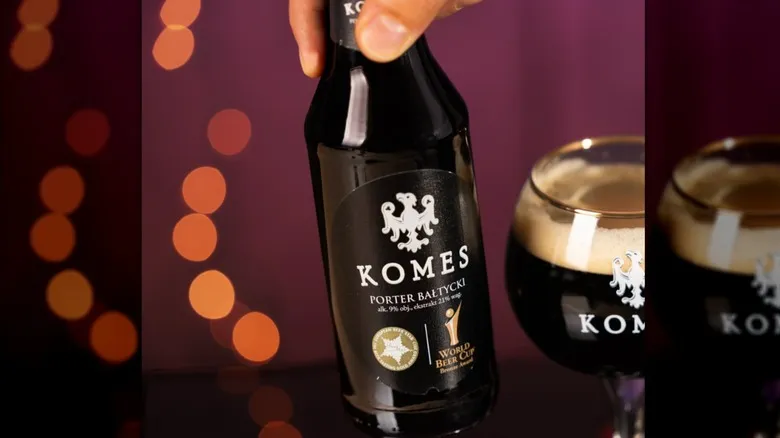
Exceptional beers can emerge from surprising regions. One of Ron Minkoff's top picks hails from a country not particularly renowned for its brewing: Poland. Crafted by Browar Fortuna in Miloslaw, Poland, Komes Baltic Porter is somewhat of a nostalgic nod to the past. "This style of porter was immensely popular in the chilly Baltic states historically, which is why it’s called Baltic Porter," Minkoff noted. He also mentioned that the brewery adheres to traditional methods in other respects. "They proudly claim to brew beer in a manner reminiscent of 19th-century production."
However, this brew is more than just a fascinating piece of history—it's a beer that invites appreciation. "Komes Baltic Porter is a substantial beer with an ABV of 9%," Minkoff shared. "It features a dark, rich, malty profile that is smooth and warming, with intricate dark fruit notes and a gentle roasted character (without any burnt flavors)." You can find it in well-stocked bottle shops, and it’s best enjoyed lightly chilled in a snifter or tumbler.
Duchesse de Bourgogne
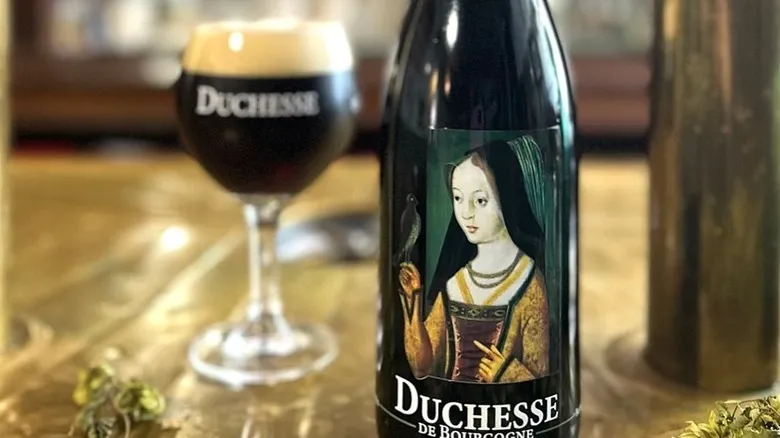
For those unfamiliar with the realm of craft beer, the concept of sour beers might seem odd and perplexing—why would anyone intentionally create a sour beer? Historically, however, many beers had a slight sourness: Before refrigeration and modern sanitation methods became commonplace, naturally occurring bacteria often found their way into fermenting beer, imparting tart or sour notes. While contemporary brewers take great care to shield their brewing processes from bacterial contamination, they also have a fondness for the naturally tart beers of the past and deliberately introduce specific cultures to achieve the desired flavor profile.
Belgian brewers have long celebrated sour beers, and many beer enthusiasts hold Belgian sours in high regard. Among Ron Minkoff's top selections is Duchesse de Bourgogne, crafted by Brouwerij Verhaeghe Vichte in the southwestern part of West Flanders. "Duchesse de Bourgogne is a delightful Flanders Red style beer with an ABV of 6.2% (though the brewery refers to it as a West-Flemish red brown ale)," he noted. "This beer appeals to sour beer lovers, yet its popularity extends to those who typically shy away from sour flavors. Duchesse is aged in oak casks, offering a fruity profile that is slightly tart yet sweet, not bitter, and remarkably complex, finishing with a hint of dryness." He also mentioned that it is readily available in bottle shops and, according to the brewery, is best enjoyed in a chalice-shaped glass at temperatures between 46 and 53 degrees Fahrenheit.
Schramm's Loganberry Mead
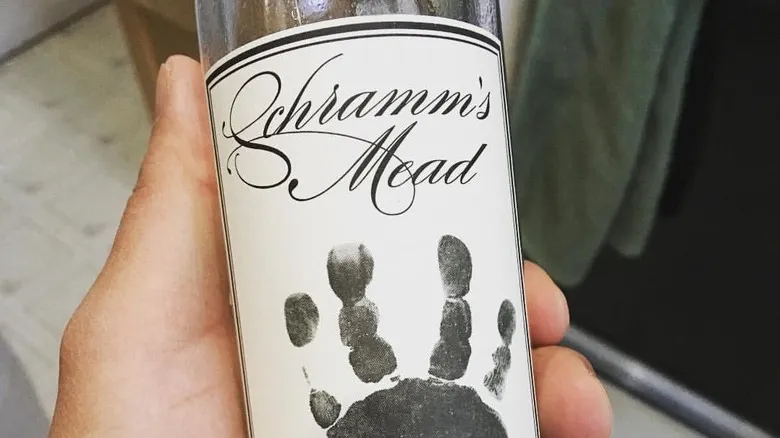
Here’s a suggestion for that friend who isn’t a fan of beer but has joined you on your tasting journeys. Craft beer enthusiasts often appreciate similar fermented drinks, and the distinctions between them can sometimes be unclear—take dry hard ciders and meads, for example, which may include hops for added flavor, while various beers can incorporate fermented fruits. Many breweries produce or offer these beverages alongside their signature beers, and dedicated hop lovers enjoy sampling them.
One notable figure in this realm is homebrewer Ken Schramm, who discovered his love for mead (a wine made from honey) in the 1980s and has been dedicated to it ever since. "Schramm's Meadery provides an impressive selection of outstanding meads that should be on everyone’s bucket list," remarked Ron Minkoff. "The meads are typically bold, rich, sweet, and incredibly complex. Schramm's Loganberry Mead embodies all of these qualities." He described this delight as "red in hue, sweet yet balanced by a tartness from the berries." While it’s not commonly found in stores, you can purchase it online directly from the meadery.
Recommended
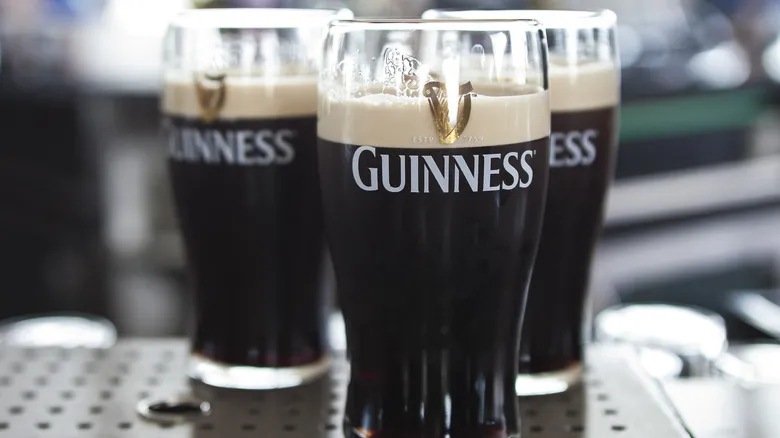
The Only 2 US States Where You'll Find A Guinness Brewery
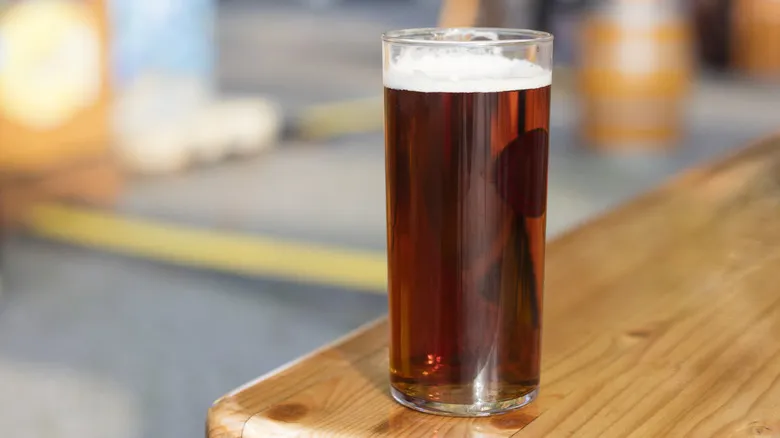
What Is Real Ale, And How Is It Different From Craft Beer
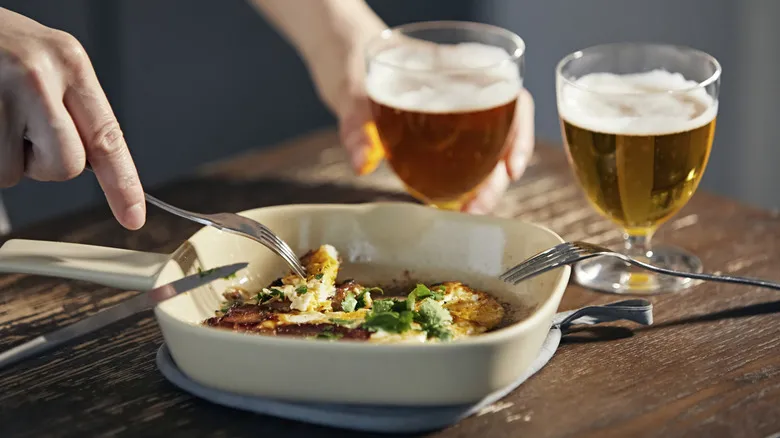
What You Should Know Before Cooking With India Pale Ale
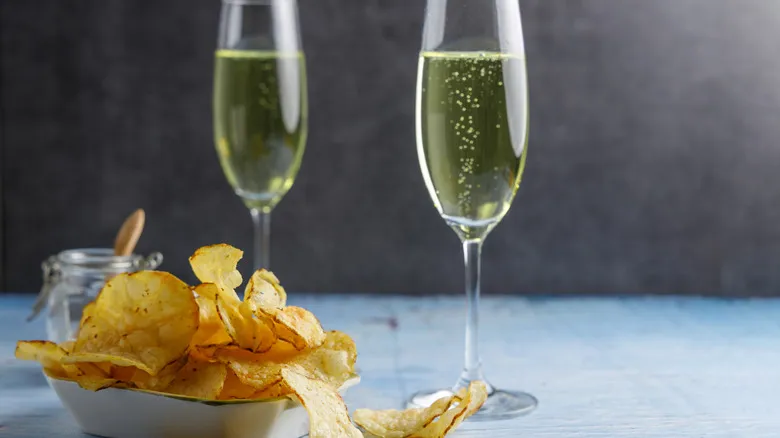
Why Sparkling Wine Goes So Well With Fried Food
Next up

